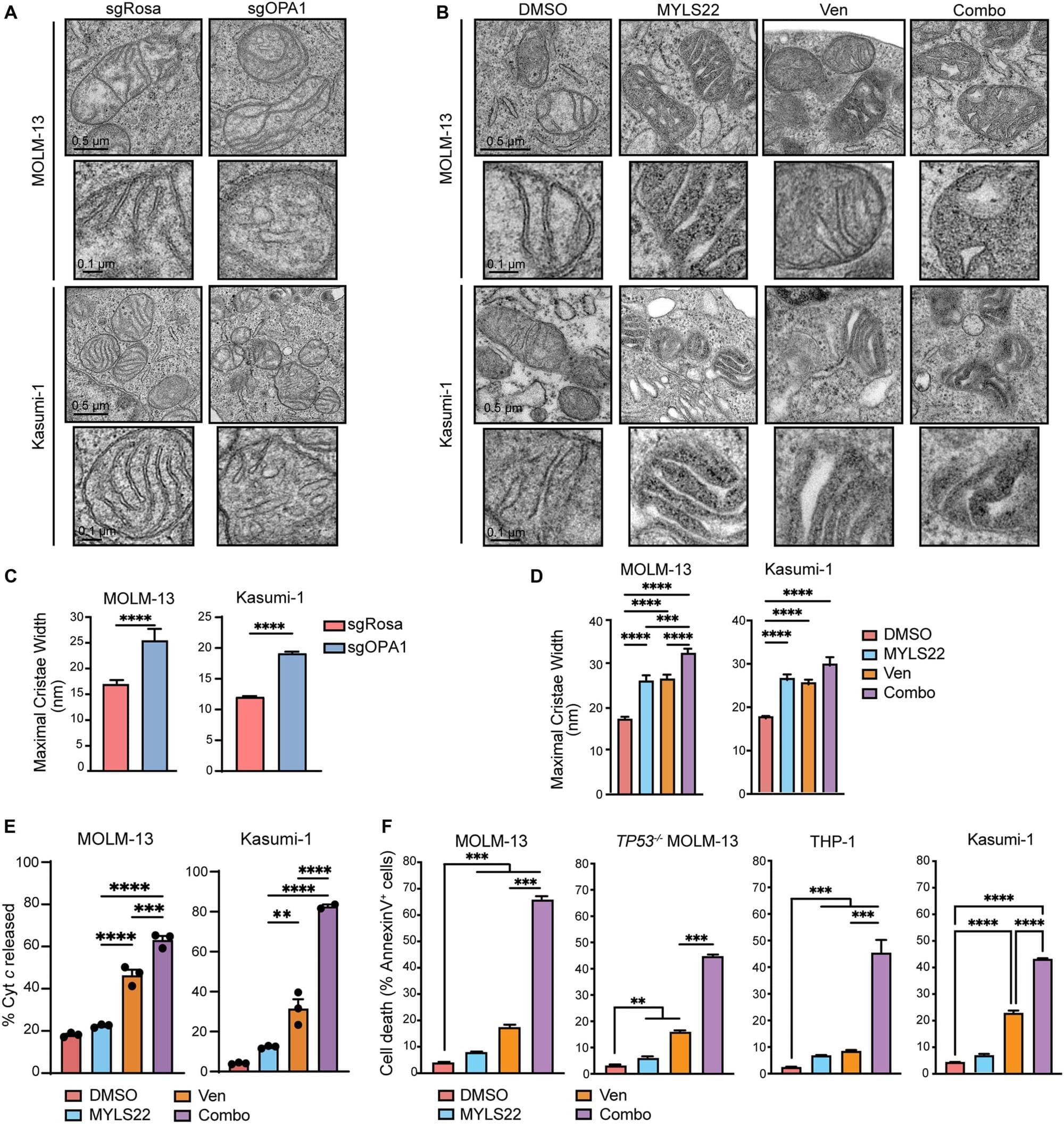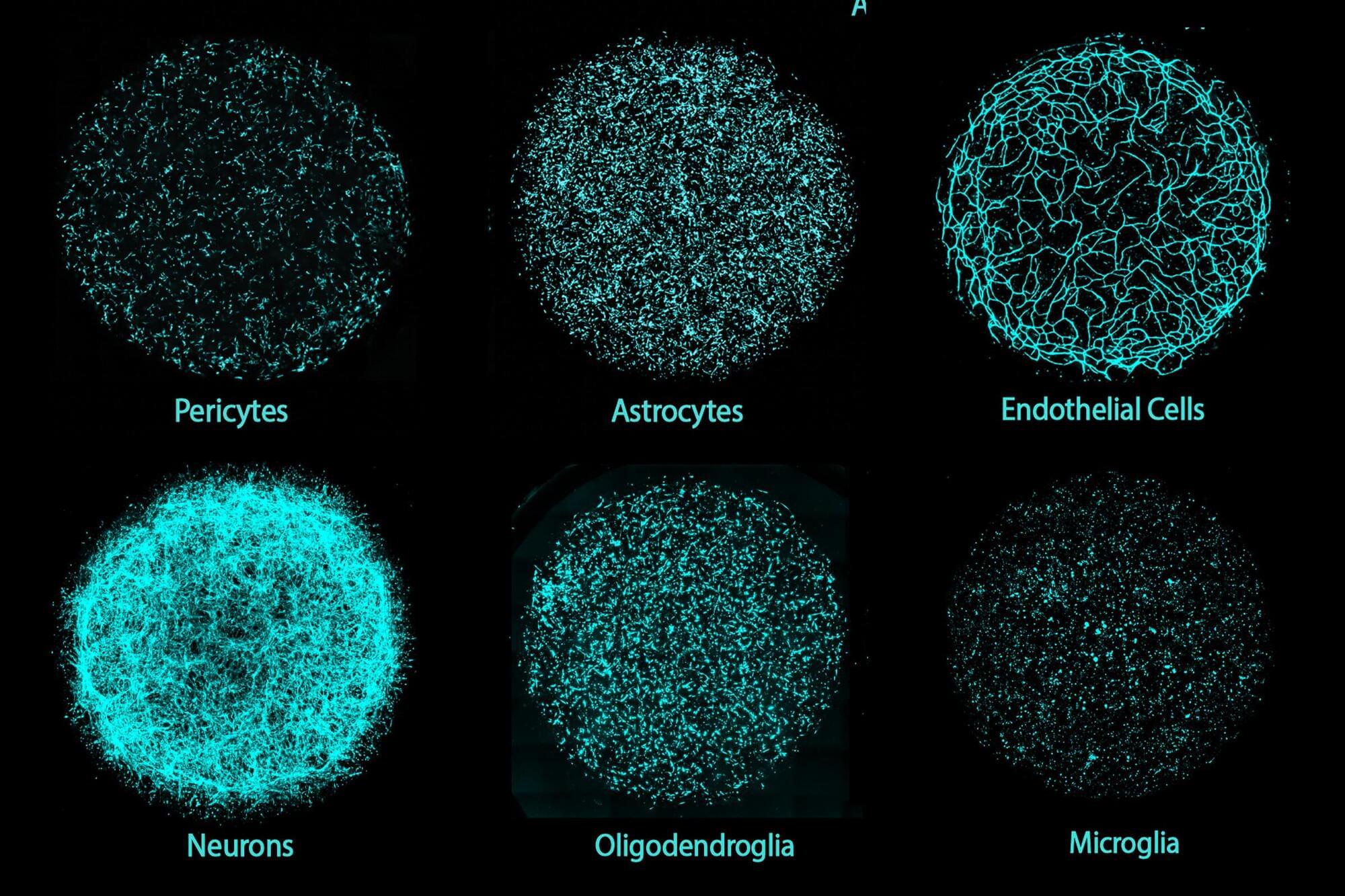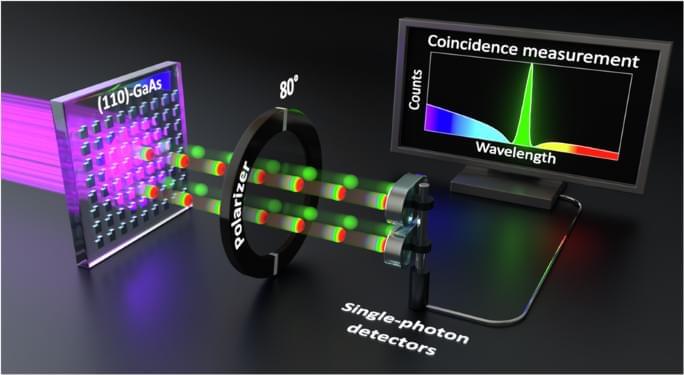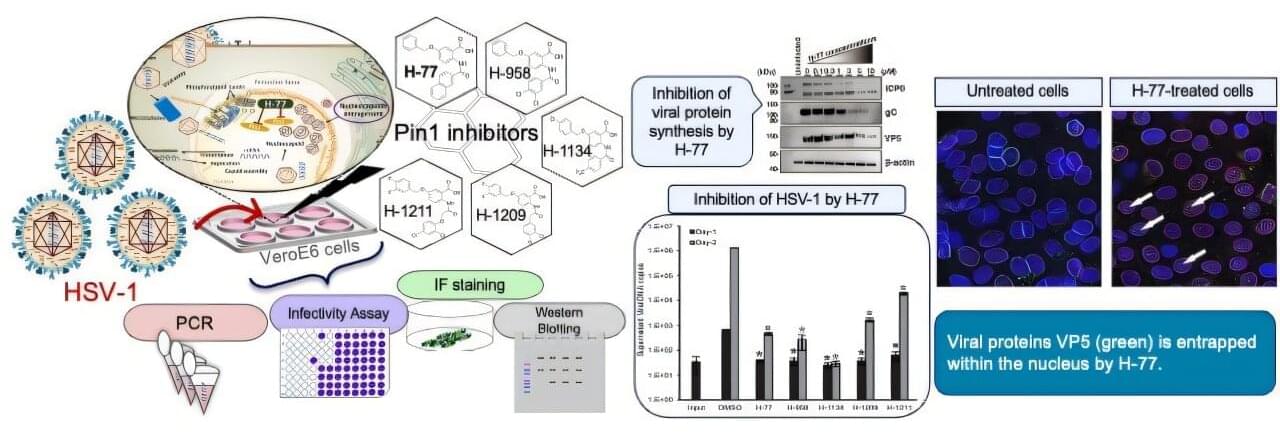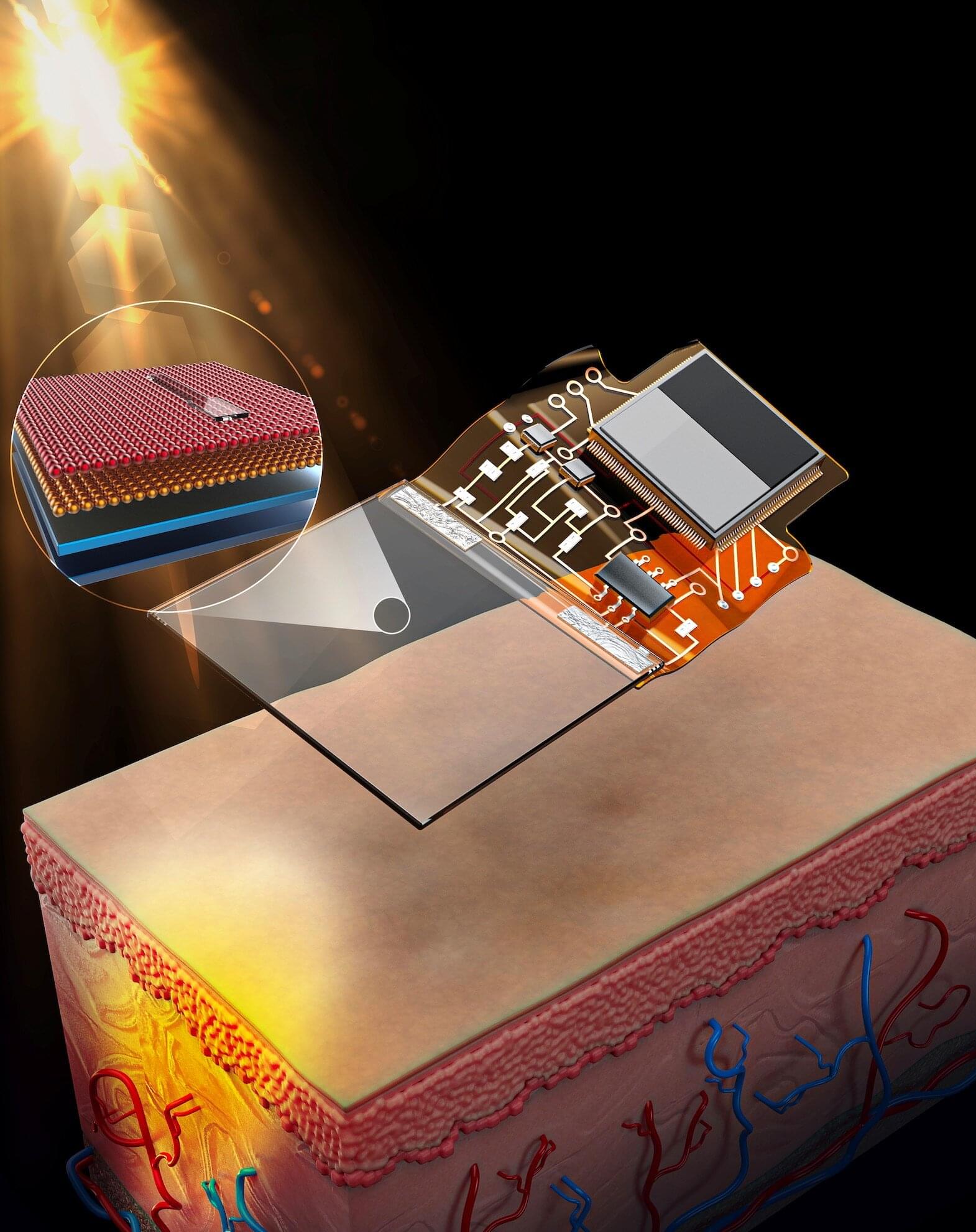A team of researchers from the Federal University of São Carlos (UFSCar) in the state of São Paulo, Brazil, has developed a sensor that can identify sodium nitrite (NaNO2) in various beverages, including mineral water, orange juice, and wine. This inorganic salt is used as a preservative and fixative to give products such as ham, bacon, and sausages their pink or red color. Depending on the amount, it can cause serious health problems by leading to the formation of nitrosamines, which are carcinogenic compounds.
“This risk motivated us to develop a simple, fast, and accessible way to detect the compound and ensure the quality and safety of liquid consumption,” says Bruno Campos Janegitz, head of the Laboratory of Sensors, Nanomedicine, and Nanostructured Materials (LSNano) at UFSCar. Janegitz coordinated the study, which was published in the journal Microchimica Acta.
“Detection [of NaNO2] in beverages, especially wines, is important for quality control, since its use is not legally permitted in Brazil and most countries,” the authors write in the article.
